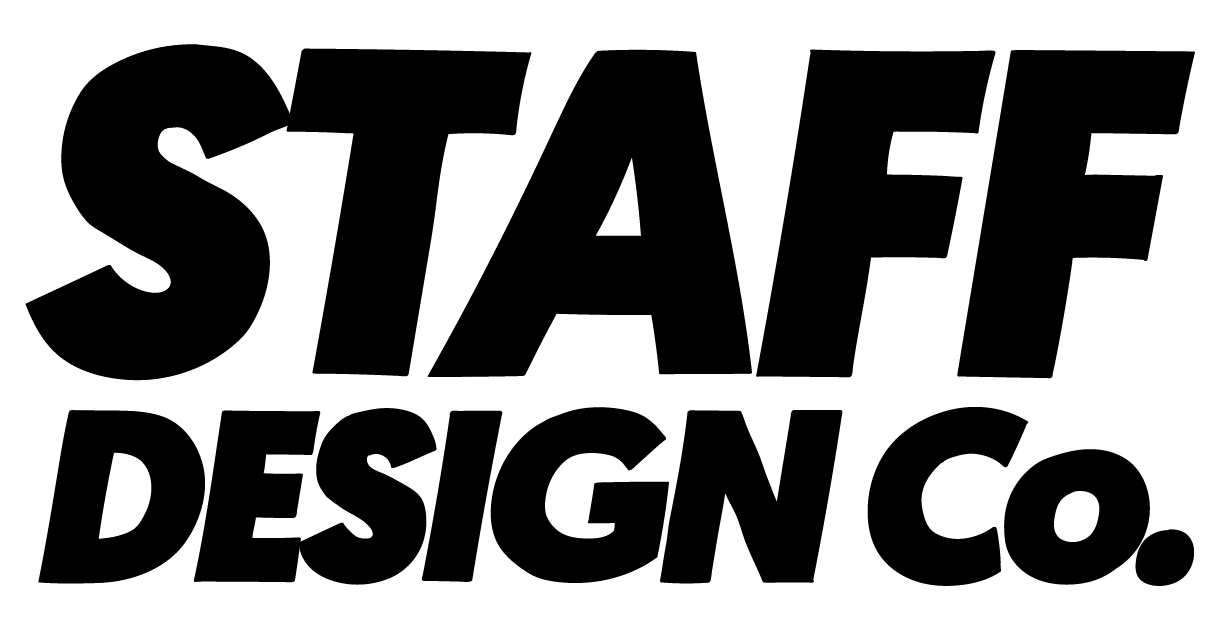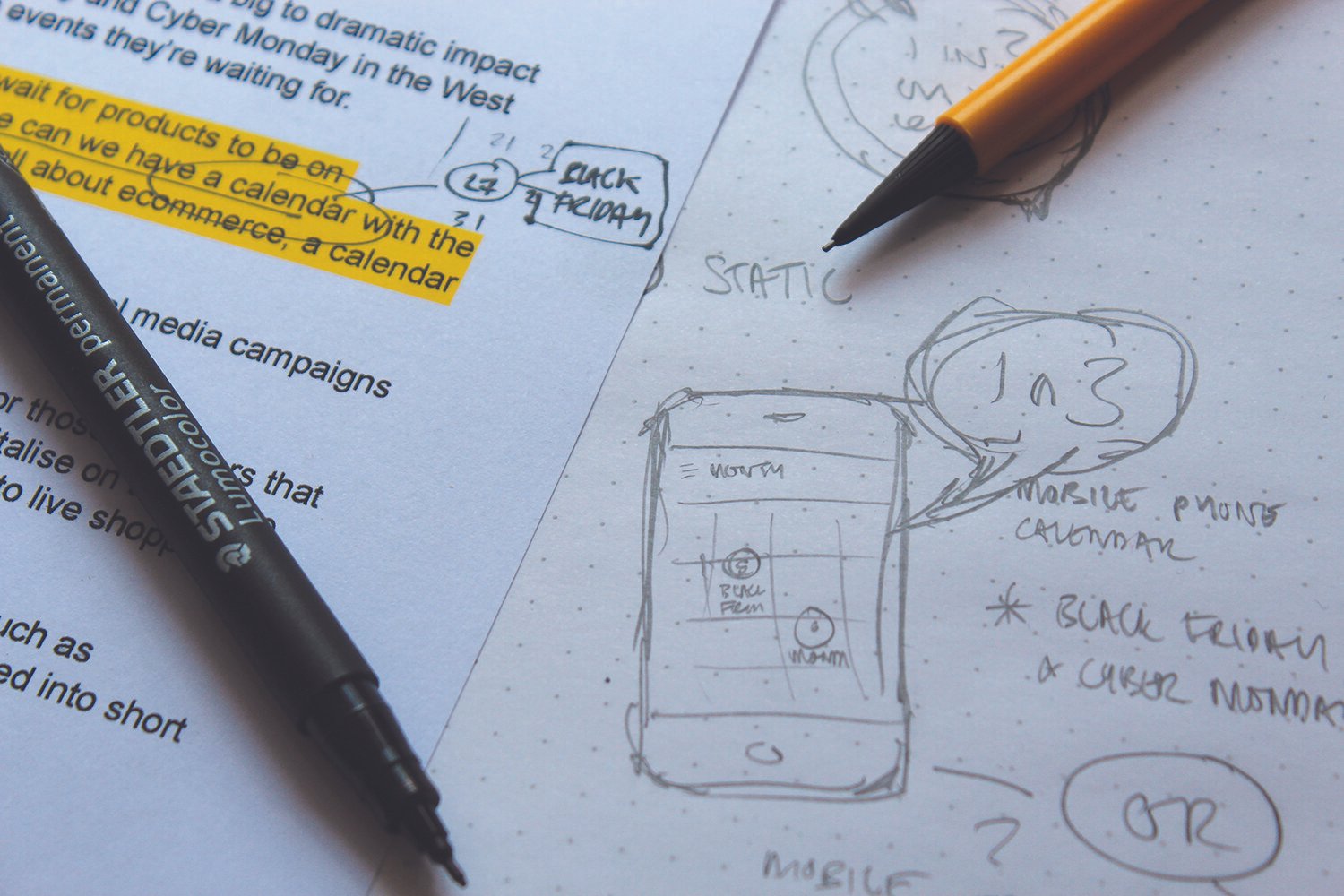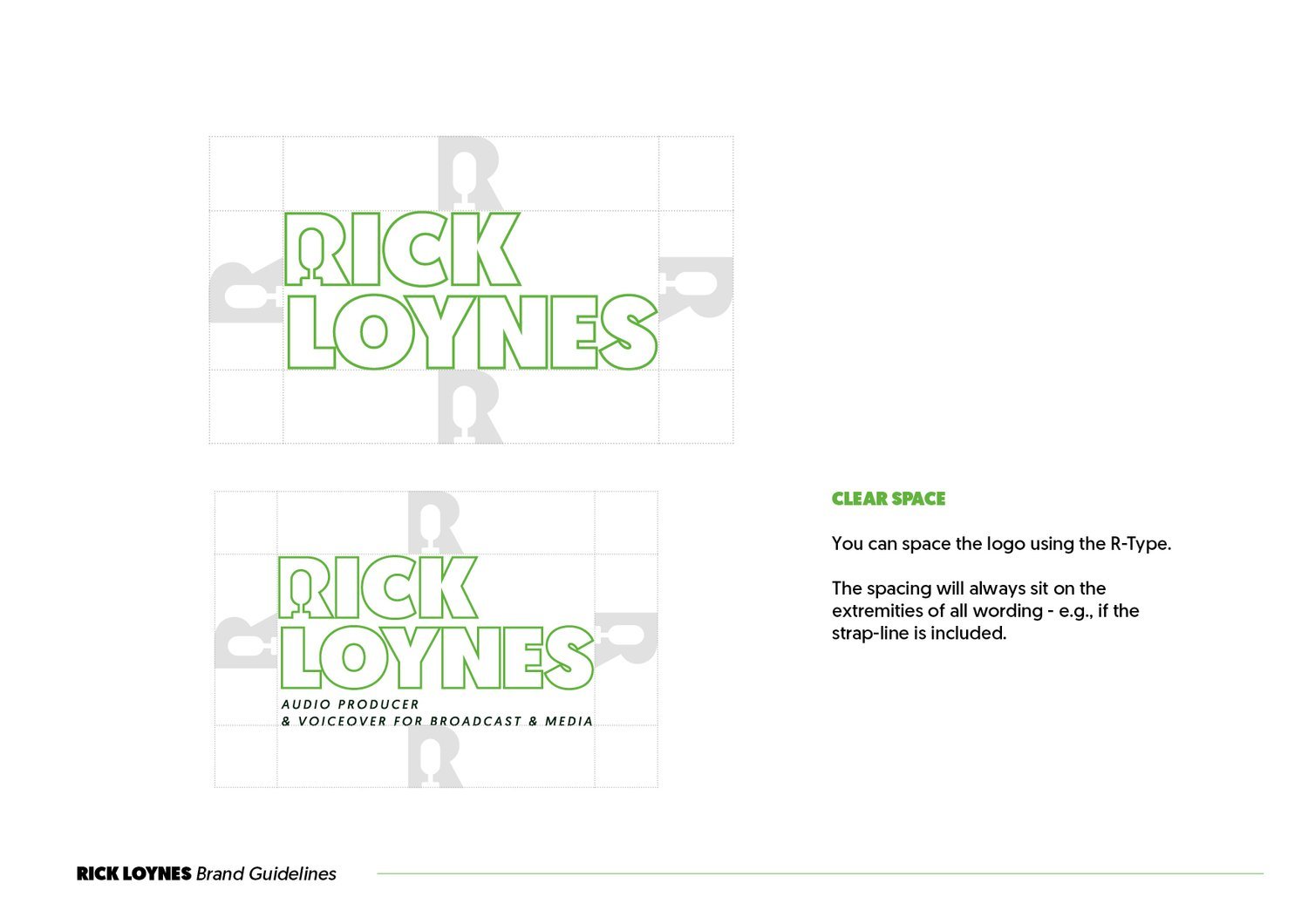I’m with the brand - 5 reasons your brand really should matter.
Let's take a bit of time to extol the virtues of a brand, and better consideration, and practice of the tools.
You’ve no doubt by this point, had enough of the telling off about getting branding wrong, misunderstanding that a logo is not a brand and vice versa, so this is not another telling off, this is my “let’s grab a coffee” attempt to cajole you into rethinking the brand.
Even the smallest business deserves a good brand - not just a designer who can do a good deal, but the consideration from the operator that it is worth it.
So that’s my challenge to you, the business owner - give it the wardrobe it deserves.
I believe that in a lot of cases, the telling off usually comes from the place - that all us designers find ourselves in too often - there are bad brands, there are terrible logos, there are businesses that are doing themselves no favours and making life hard, because they skimp on the brand communication - and in much of my experience, if you don’t consider it up front, you rarely give it much more thought at any other point.
I have always strived to ensure that every point of communication of every brand I’ve worked on or for, I have ensured that every brand touch point I have had a part in is striving for the deepest, richest engagement it can.
Considering that everything that goes out from your business (including the staff) is a touch point or interaction with your brand shouldn’t everything be the best representation it can be?
When you’re throwing away those social posts or some colleague is dashing off a flyer or even blu-tacking those H&S signs around the building, make sure they’re going to be given due consideration.
Here are a couple of pointers to begin to think about the brand consistency:
1. Choose a brand font;
For all corporate communications use that font.
Make sure that font is available to all members of staff
Do not just choose the first default Windows or Mac font you come across.
Choosing a typeface can be a minefield, there are literally millions and they can be expensive (people spend time building them you know), but the work you put in is worth it, being able to find something that reflects the image or values you want to put across and follows through from your brand identifiers i.e. the logotype or wordmark.
I think we often underestimate how much we subconsciously glean from the size, shape, spacing and grounding of the words we’re reading and when you have spent time and consideration on those words, why would you just throw any outfit on them?
2. Here’s another rule: decide what your image is;
This is a broad rule as I do mean your total image; the brand itself, logos, the colours, your dress code, office space, the way you speak, and, specifically, what kind of photography you use.
3. Choose realistic colours;
Make sure all your colours can be reproduced on every platform - especially make sure they can be properly reproduced in print, there’s nothing worse than having a super vibrant colour on screen that is flat as a pancake on your business cards or pull-up banners
Make sure the colour scheme is clear and available to all employees so they can easily apply it if they have to create something for the business themselves.
4. Photography should be representative of two main things - 1. what you are/do as a business and 2. what you look like as a business;
Marketing photography, i.e., the product, service or representative images should be creating the aspirational tone for you brand - what do you want people to think of, dream of - or want to own - when they see your marketing;
Insights and the ‘behind the scenes’ of your business are big these days, but are still representations of that business and therefore should still have a style or character that represents what you want to portray - it can be a more relaxed, intimate version, but still needs the consideration of the rest of the brand.
Make sure your staff have access to your image library.
5. This is the most important rule to follow: Make sure your staff have access to your brand logo suite.
The sheer amount of time I have worked in and for companies where the team don’t have the current or official logos is incredible - and such a simple fix - something that can be managed so easily through centralised systems regardless of centralised or decentralised operations. Fix it!
The conclusion: To clear everything up.
Employ a branding specialist to review your brand and comms. Now this doesn't have to cost the earth and doesn’t have to be an incredibly long drawn-out affair but these experts can bring a succinct set of outline suggestions and ideas to steer you down a path of clarity and consistency.
Spend time investigating options - obviously you should find someone you can work with - but you don’t have to go on whether you like their stuff or not, as the underlying point may be that you need something completely different, however, definitely try to see beyond mere aesthetics and taste to the real meaning behind how and why they have gone about things the way they have before.
The key thing to remember is this is for your business’ ultimate benefit (not necessarily considering your personal tastes) and although there is undoubtedly emotion and personal considerations involved, try not to be defensive, take the suggestions under consideration and commit to doing something with what your brand consultant tells you - don’t waste either their, or your own time - or money - if you have no desire to change, but remember this advice can be the difference between ok and great in regard to your brand perception and performance.
don’t waste either side’s time - or your money - if you have no desire to change
Work with your brand specialists to consider all aspects of your brand communications, what do your staff really think or understand about your values, how are your logos being applied, how does what you are sharing online, the platforms you’re on and what your team members are saying support who you are (as a company)?





